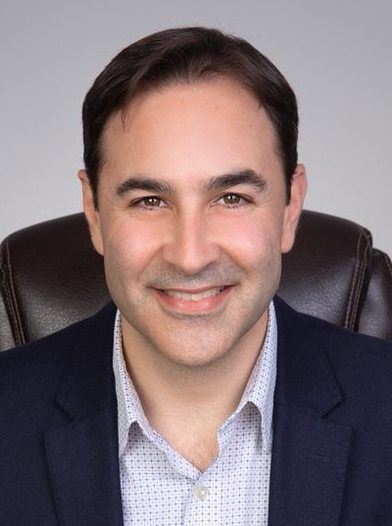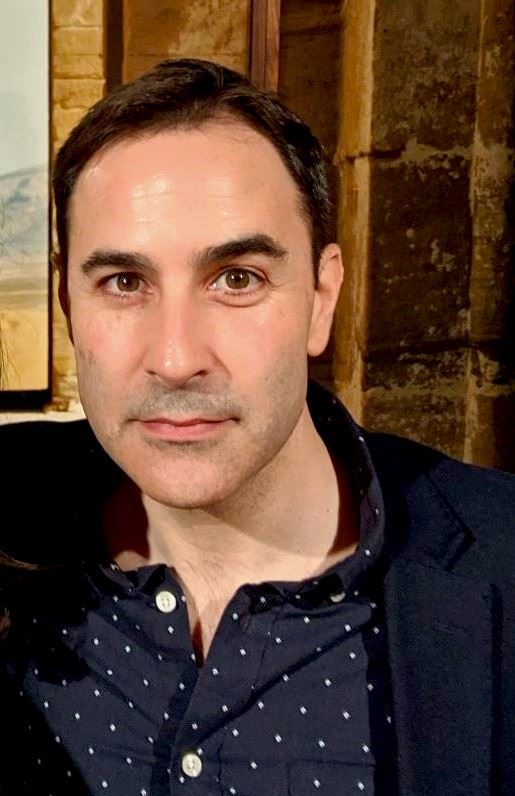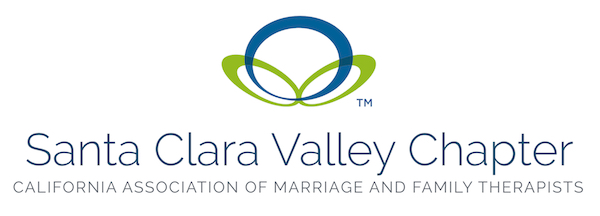 Back to Spring 2023 Newsletter
Back to Spring 2023 Newsletter
by Mark Mouro, LMFT
We are now in the last three months of the two year program at PAPPTP and have just completed a case conference course. This class has been very different from all the others and has given a glimpse into the vast possibilities of psychoanalytic psychotherapy treatment. I was amazed by the variety of interpretations my classmates would make reading from the same transcript of a session. And it had me thinking about how different a session can be depending on the unique characteristics of the therapist and the relationship they have with the client.
In times like this, I am reminded of the parable of the blind men and the elephant. Then therapists listening to a session and each one giving their own perspective based on personal experience, emotional reactions, and clinical desires. Only when taken as a sum do you really get a more complete picture of the client and a more in-depth understanding of the case.
I should note that this is not uncommon and I, like most of you I imagine, have participated in similar groups in the past. Before getting licensed, I was in numerous supervision groups with other associates discussing each other’s cases; after getting licensed I enjoyed being a part of consultation groups with colleagues. But this one was different. There were a handful of guidelines that I believe made it possible to benefit from this one in a much different way.
For six weeks, one classmate was chosen to present an ongoing case each week. Right before class she sent out a transcript of one session that week and then she read it out loud during class. The professor would have her pause every once-in-a-while and ask mainly two things from the students. What thoughts do you have on the nature of the transference and what feelings and reactions does the client evoke in you in this moment? In addition, the rule was no asking the presenter questions and she would hold off on any of her own comments about our discussion.
Following these principles allowed the discussion to be more about the client and how each one of us can see things differently rather than it being a critique on how the therapist is doing in session and what we think she can do better. The collaboration of each person sharing their observation and insights helped us to identify factors that may have been overlooked as well as potential barriers to treatment. This provided a more rich and nuanced understanding of the numerous dynamics constantly at play that we most likely are not aware of. In particular, how the transference and distinct countertransference in each of us can potentially facilitate the treatment in its own unique way.
Betty Joseph (1985) defines transference as “everything that the patient brings into the relationship… gauged by our focusing our attention on what is going on within the relationship, how (the patient) is using the analyst, alongside and beyond what (the patient) is saying”. She goes on, “Much of our understanding of the transference comes through our understanding of how our patients act on us to feel things for many varied reasons; how they try to draw us into their defensive systems; how they unconsciously act out with us in the transference, trying to get us to act out with them; how they convey aspects of their inner world built up from infancy—elaborated in childhood and adulthood experiences often beyond the use of words, which we can often only capture through the feelings aroused in us, through our countertransference, used in the broad sense of the word” (p. 447).
And for the therapist presenting her case and how this class affected the relationship with her client? I recently spoke to her after the course finished and she confirmed that the classes notes subtly affected the direction of her sessions. She also remarked that there were things she never would have noticed about the client and the sessions before this exercise. But it was an intense and rigorous experience for her because she thought about the client so much due to notes after session, reading what her client said, and hearing the client being talked about in class. In the end, though she felt it was a massive amount of learning for her, this wasn't really a process for her as much as for everyone to learn from each other. This collage pieced together illustrated how complex the process of therapy can be. And it humbled me by showing the expansiveness of the human spirit that we are not always cognizant of.
As mental health professionals, it is not uncommon to experience tunnel vision or become overly focused on one aspect of a client’s case. Sharing with a group of professionals with diverse backgrounds and experiences can help to broaden and deepen the understanding of a case; it allows to create fresh insights and ideas to the table. When we can work together to develop a more comprehensive understanding of the patient's condition, then we all benefit from it.
Reference
Joseph, B. (1985) Transference: The total situation. International Journal of Psychoanalysis 66, 447-454.
 Mark Mouro, LMFT is a psychotherapist working in private practice in San Jose. He specializes in working with couples and many of his clients are parents with young children. He is currently in psychoanalytic psychotherapy training at PAPPTP. Previously, he was a therapist on staff at The Couples Institute in Menlo Park. He lists his experiences with Vipassana meditation, foreign travel, and lobbying with CAMFT as being most influential. Mark lives in Willow Glen with his tech working wife and two young sons.
Mark Mouro, LMFT is a psychotherapist working in private practice in San Jose. He specializes in working with couples and many of his clients are parents with young children. He is currently in psychoanalytic psychotherapy training at PAPPTP. Previously, he was a therapist on staff at The Couples Institute in Menlo Park. He lists his experiences with Vipassana meditation, foreign travel, and lobbying with CAMFT as being most influential. Mark lives in Willow Glen with his tech working wife and two young sons.
Back to Spring 2023 Newsletter
